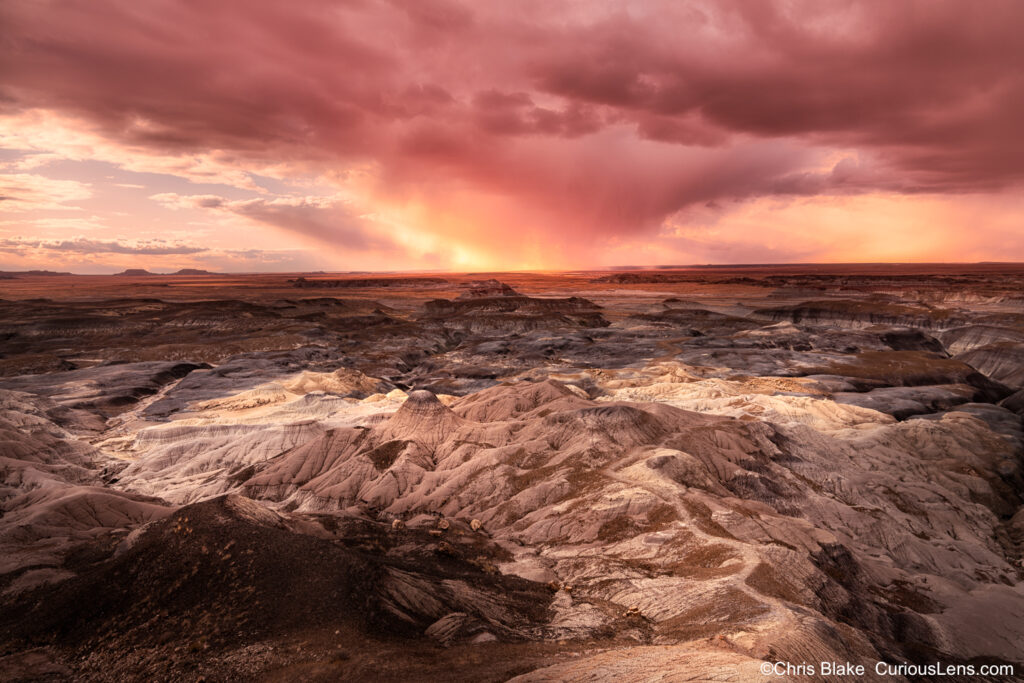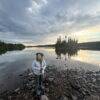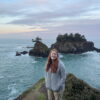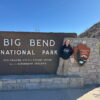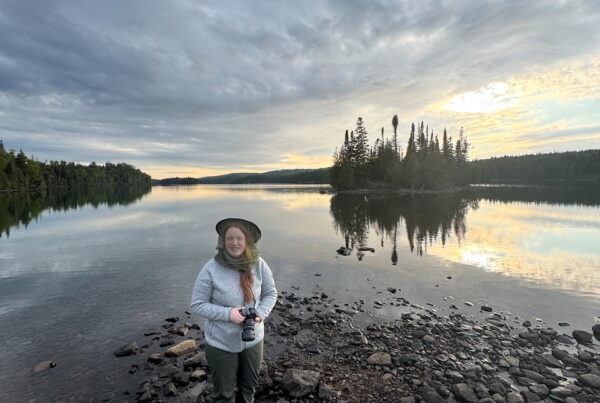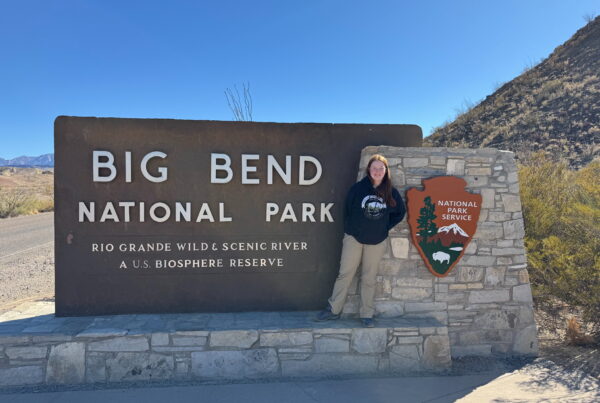Just two days after Christmas, Cami and I were eager to venture westward once more. The seven-week interval since our Everglades adventure marked one of the longest periods we spent at home in the entirety of 2020—a real rarity for us. We touched down in Las Vegas and embarked on a lengthy drive to northeastern Arizona, arriving in the quaint town of Holbrook, which nestles just outside the park boundaries. Despite its small size, Holbrook is well-equipped with hotels, restaurants, gas stations, and shops for any last-minute necessities you might need.
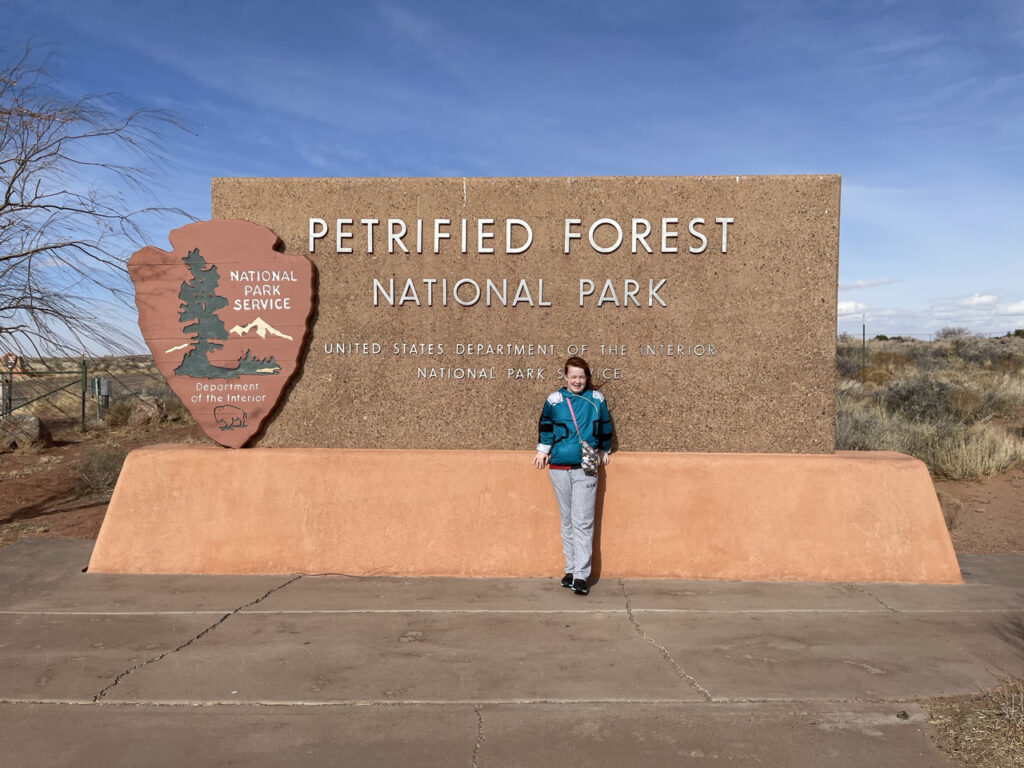

The area was designated as the Painted Desert National Monument in 1906 and was later upgraded to a National Park status in 1962, primarily to safeguard the spectacular and rare petrified wood scattered throughout the region. By the late 19th century, rampant extraction by individuals and corporations had locals worried that these natural treasures might be depleted. Today, the park is a testament to conservation efforts, continually striving to protect its precious fossils.
Although it’s not overly vast, even after a land grant in 2004 expanded it to 346 square miles, Petrified Forest National Park is accessible and manageable. A single 28-mile road called Petrified Forest Rd runs north to south, connecting visitor centers at both ends of the park. It’s the perfect day-trip destination, offering all major sights and numerous hiking opportunities within its compact layout.
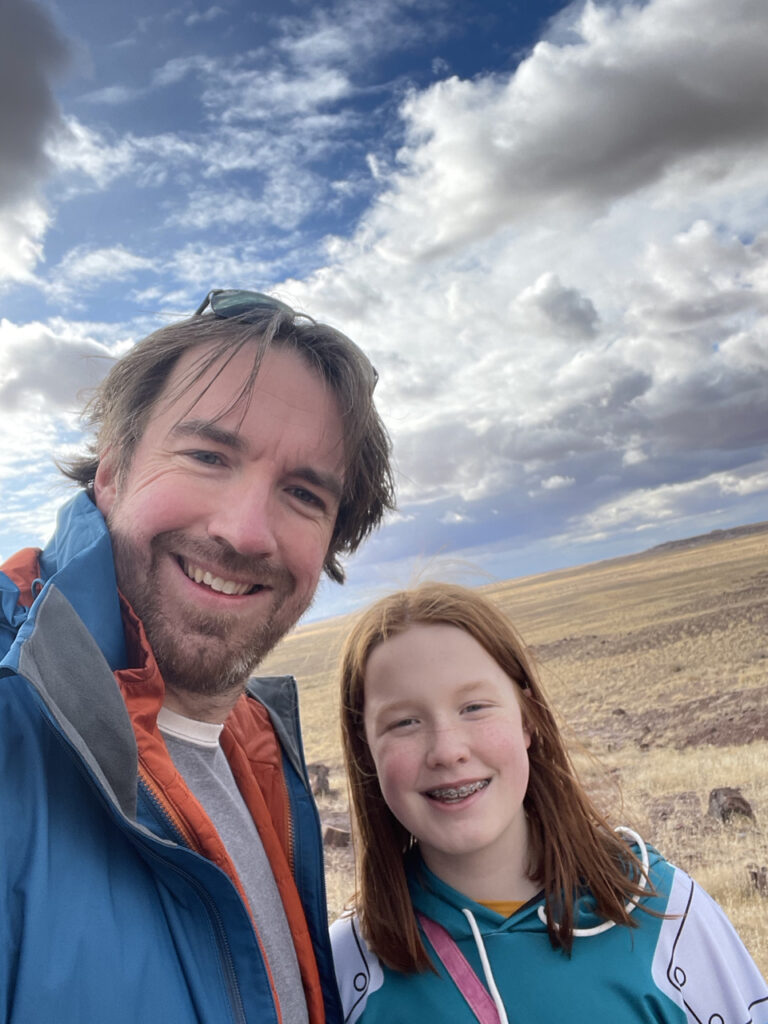
Unique to this park are the strictly enforced operating hours, which vary seasonally. During our winter visit, the park opened at 8 AM and closed promptly at 5 PM to ensure the preservation of its resources. Despite the efforts of seven full-time rangers and the imposition of steep fines, it’s estimated that around 12 short tons of fossil wood are lost each year. Interestingly, right outside the south gate, there’s a store where petrified wood—sourced legally from outside the park boundaries—is available for purchase.
The fossilized trees in the park hail from the Late Triassic Epoch of the Mesozoic Era, about 225 million years ago. This region, once positioned near the equator, featured a warm tropical climate conducive to the rapid burial and subsequent petrification of fallen trees.
During our stay, we experienced three afternoons of chilly, windy weather in the late winter, which, however, did not dampen our spirits. The ever-changing sky, filled with dramatic clouds, provided a stunning backdrop for our explorations. Unlike most visitors who spend just a day here, we luxuriated in the ample time we had to thoroughly explore the area.
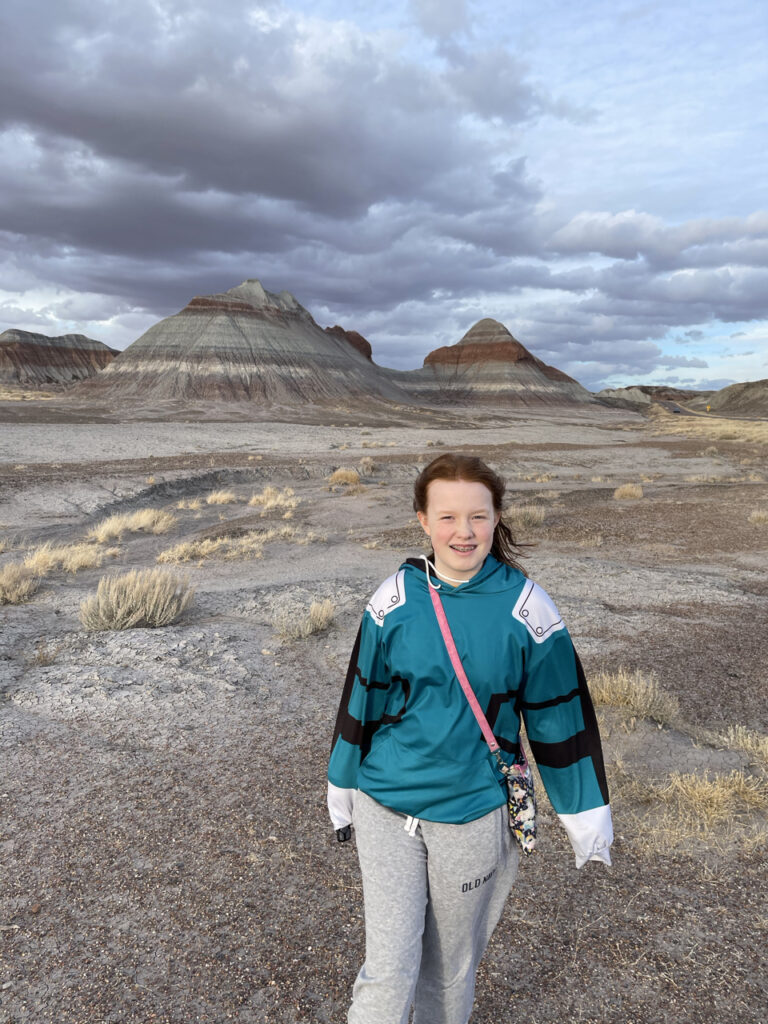
Our first day began at the Painted Desert Visitor Center where we gathered valuable insights from the park rangers. We then drove the length of the park, pausing at several lookouts and vistas. A significant amount of time was spent at Newspaper Rock, where from an elevated platform, we admired ancient petroglyphs etched onto massive boulders by Native Americans. Our journey concluded at the south end’s Rainbow Forest Museum and Visitor Center.
We devoted the remainder of our afternoon to the Blue Mesa area, descending into the heart of the badlands along an initially steep but manageable loop trail. The area’s unique rock formations and scattered petrified wood offered a remarkable perspective of the badlands. Time at the mesa’s summit, soaking in the panoramic views, capped off our day, though we reluctantly exited the park at closing time, missing a potentially spectacular sunset.
The following day brought colder but calmer weather, making our two lengthy hikes more enjoyable. We first visited the Agate House, an 8-room pueblo constructed around 700 years ago from local petrified wood and mud, which was fascinating to explore. Nearby, the Long Logs area featured one of the park’s densest petrified wood deposits. Our second hike of the day was along the Blue Forest Trail, a
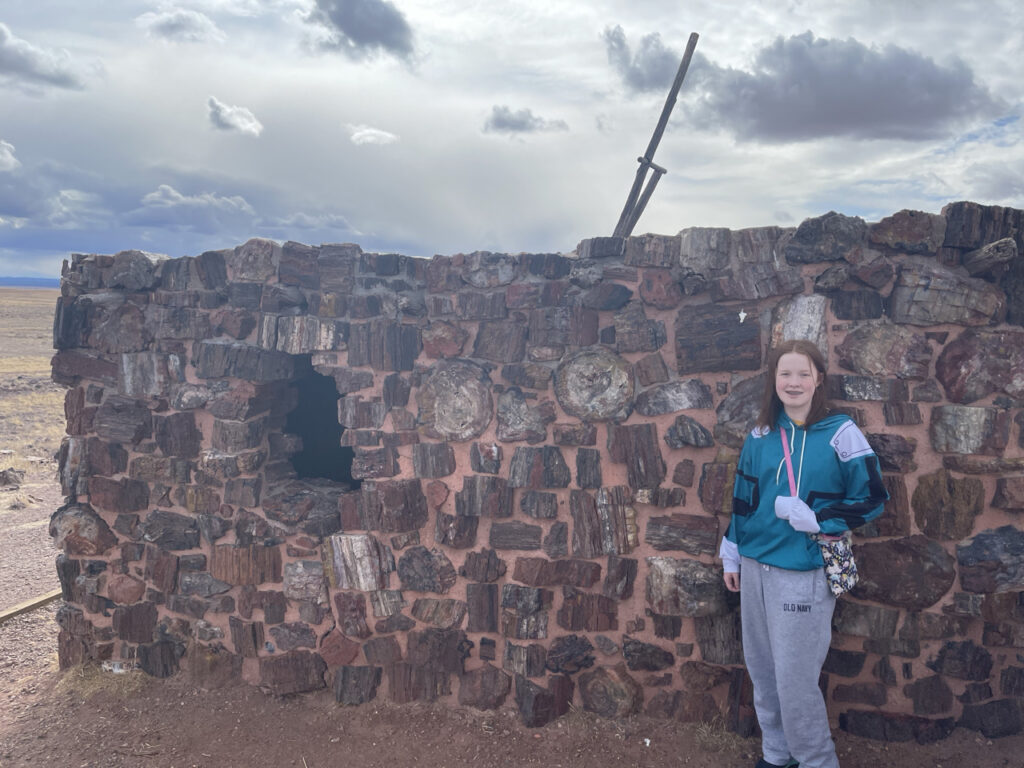
reopened path initially closed to preserve the delicate landscape but now a haven for adventurous hikers. As we ventured deeper into the badlands and ascended to higher elevations, the views became increasingly breathtaking. This trail, spanning three miles with significant elevation gains, was undoubtedly the highlight for both Cameron and me.
As we climbed, we were surrounded by storms, yet blessed with sunlight, creating a spectacular visual contrast. On our descent, light snow began to fall, and the winds picked up, adding to the dramatic ambiance of our adventure—a memory that will certainly last a lifetime.
Our final day was less eventful weather-wise, with clear skies that, while great for hiking, were less ideal for dramatic photography. We embarked on the Crystal Forest hike and another trail atop the Blue Mesa area, which followed the mountain’s ridge and offered expansive views. We also visited the historic Route 66 segment within the park, where a few vintage cars and a fragment of the old road are preserved—a nostalgic reminder of the area’s vibrant past before the route was relocated just outside the park’s boundaries in anticipation of its designation as a national park.

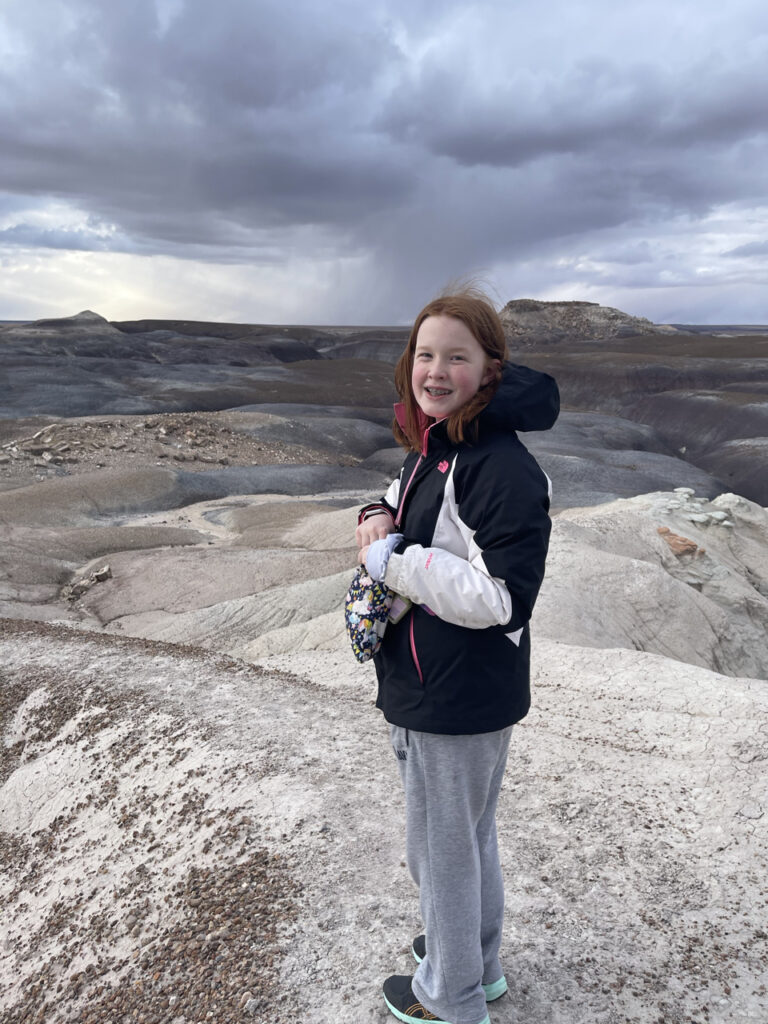

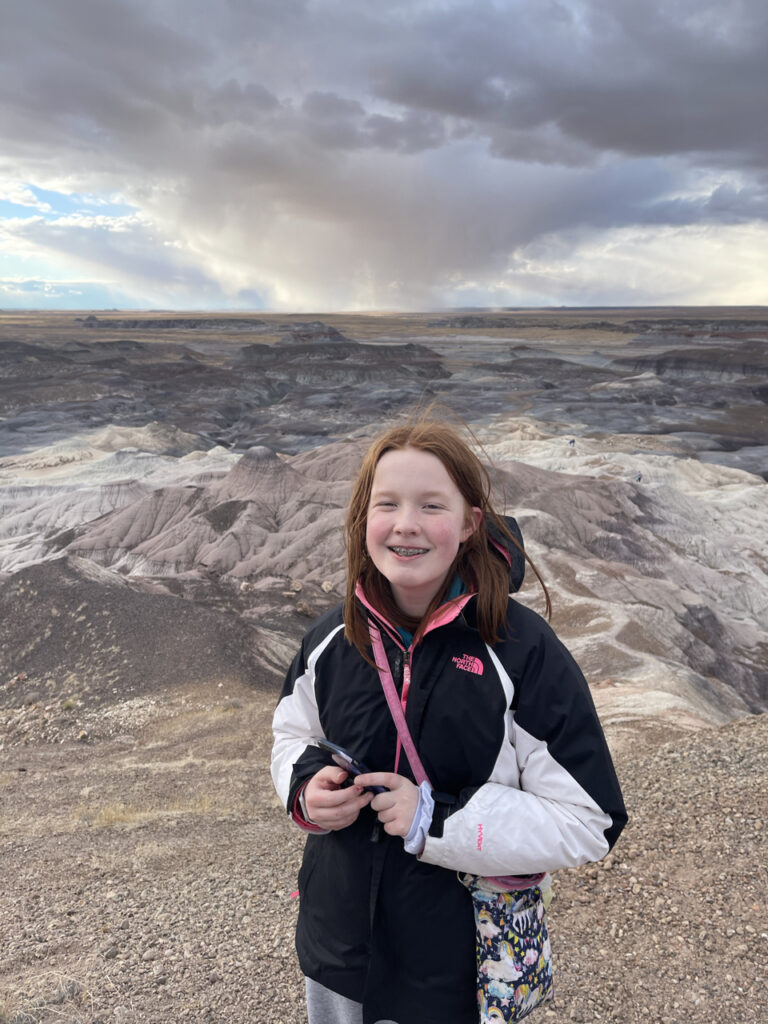
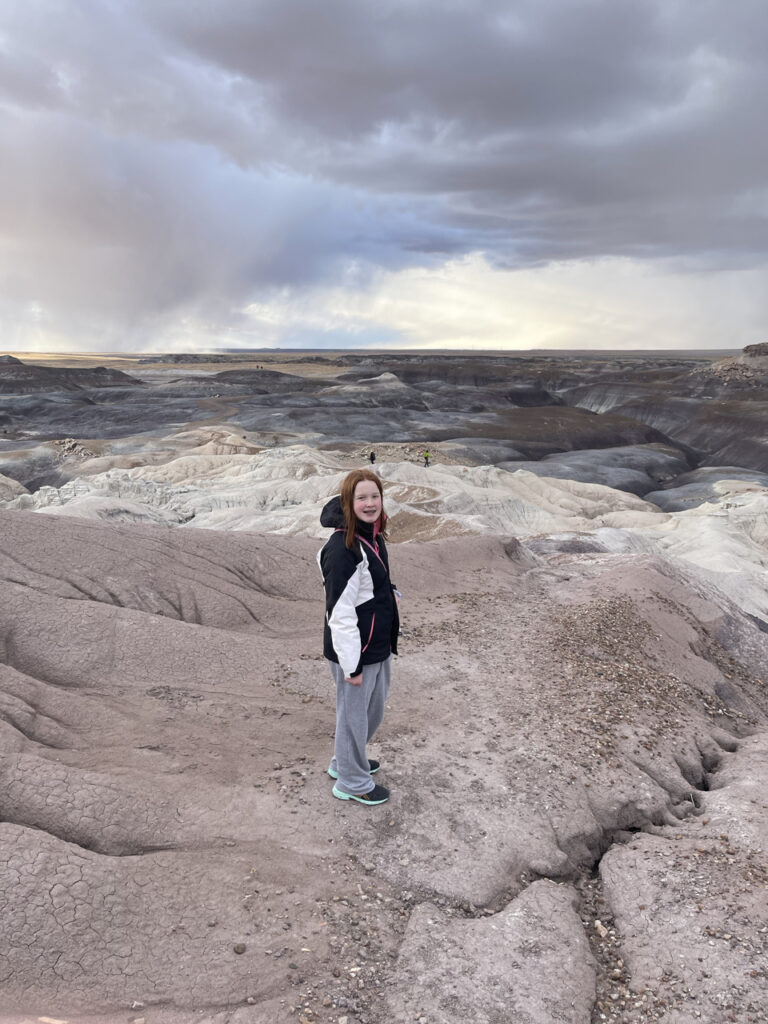
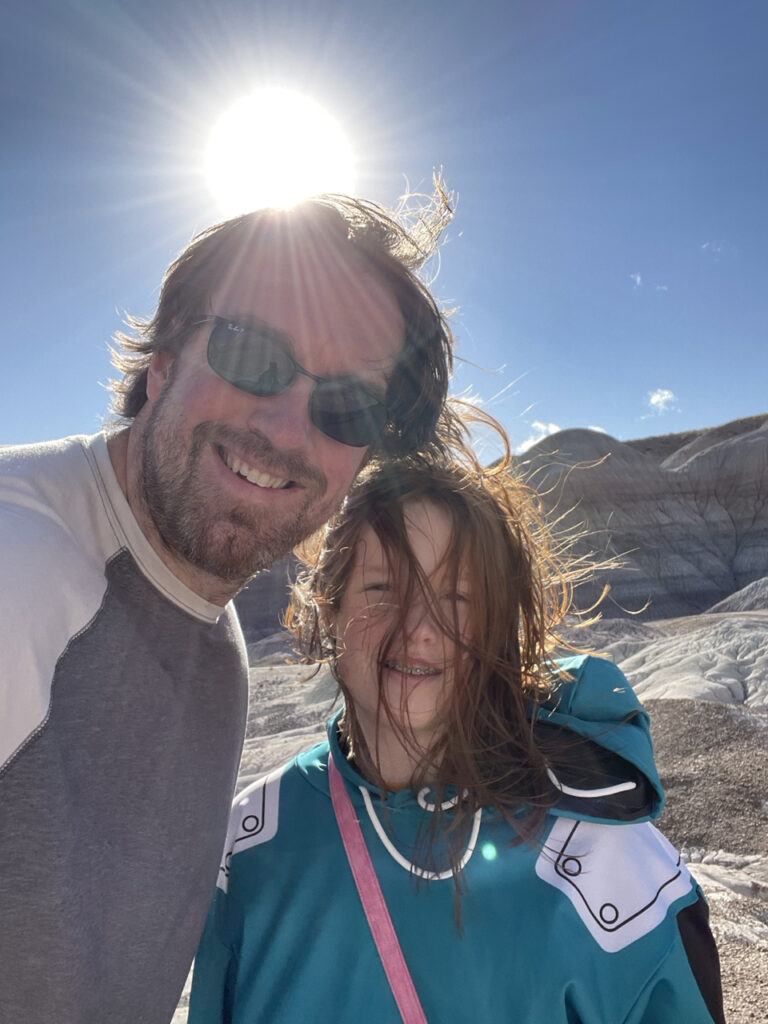
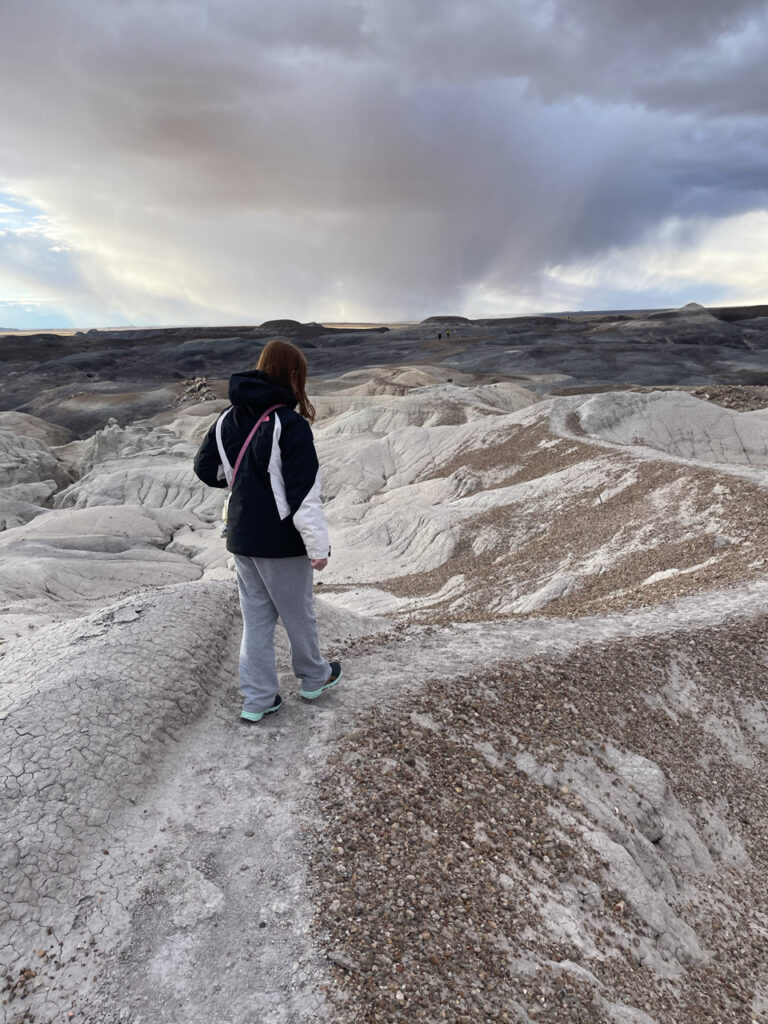

Reflecting on our time in Petrified Forest National Park, we realized each season offers a unique charm, and we’re eager to return during a different time of year, perhaps to capture the elusive sunset.
Rushing back to Tucson, Arizona, we aimed to revisit Saguaro National Park for Cami to get her passport stamped and to enjoy an afternoon and sunset on the park’s eastern side—an ideal conclusion to our extensive exploration of Arizona’s diverse landscapes.
